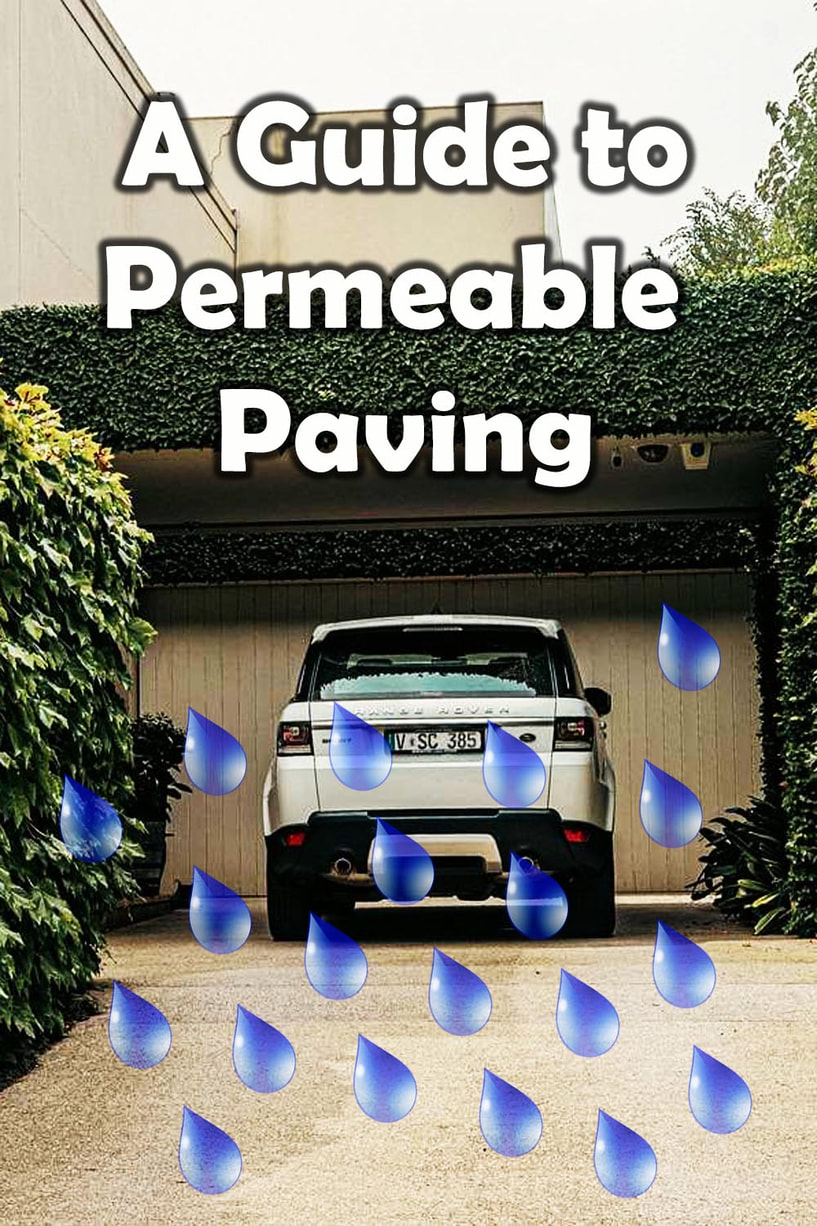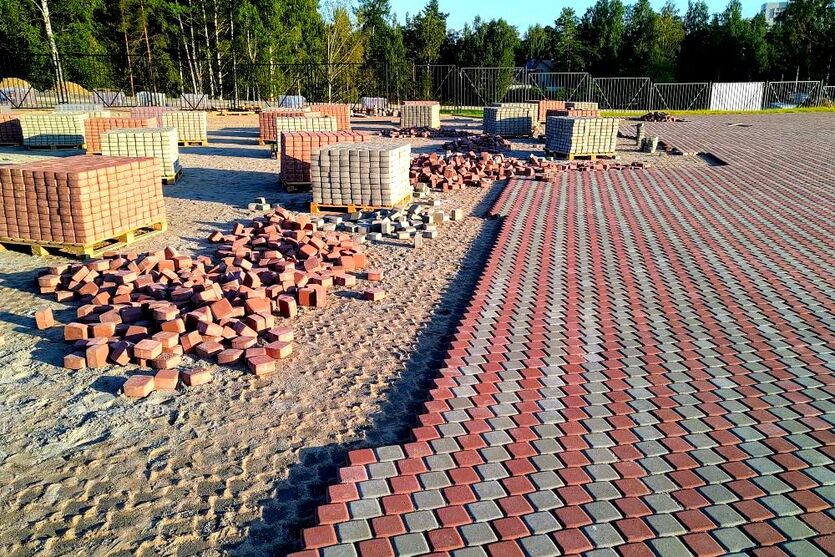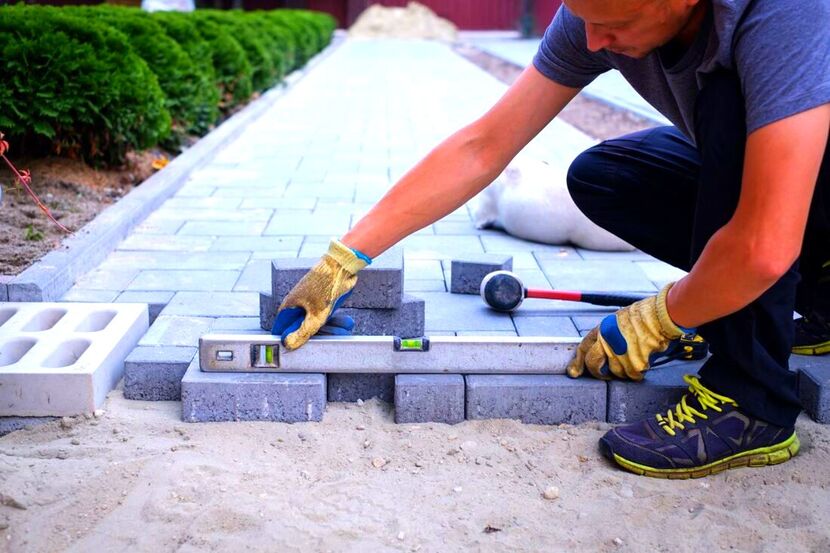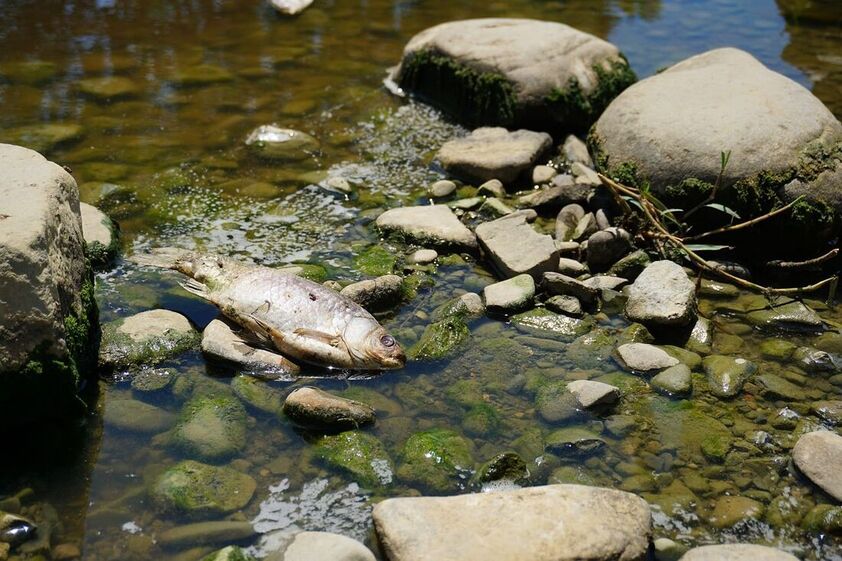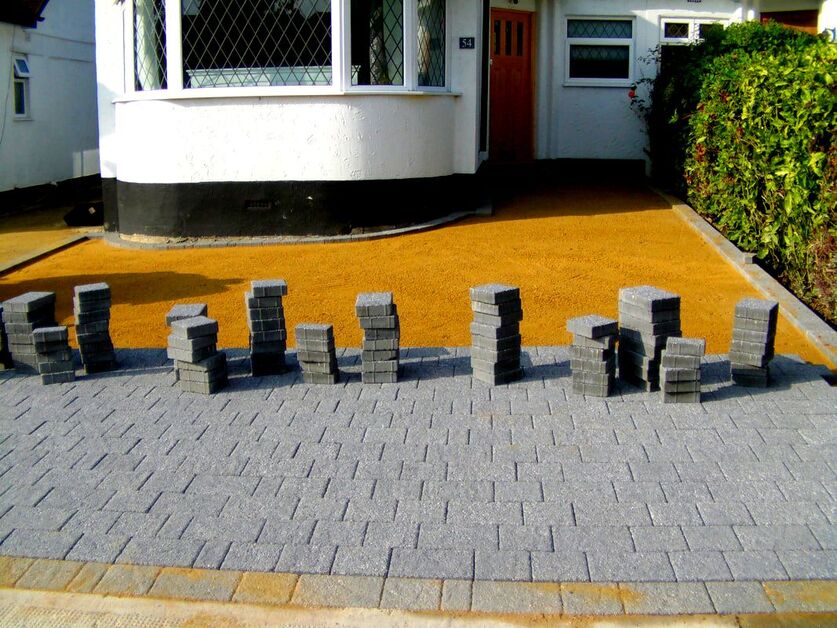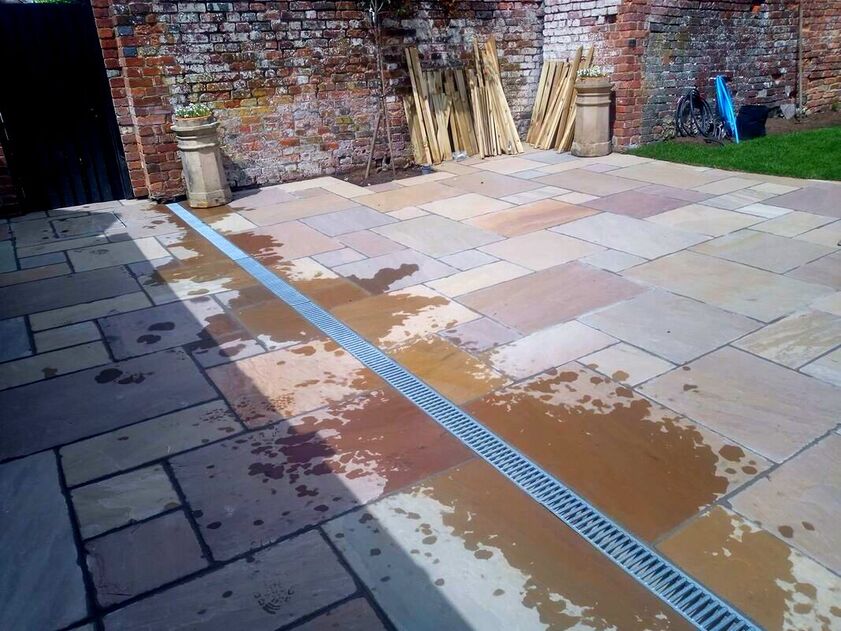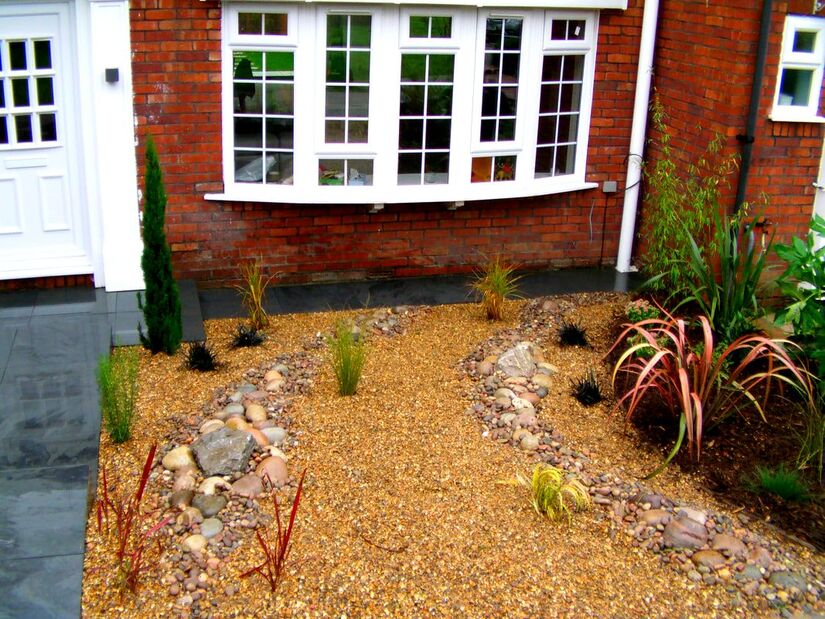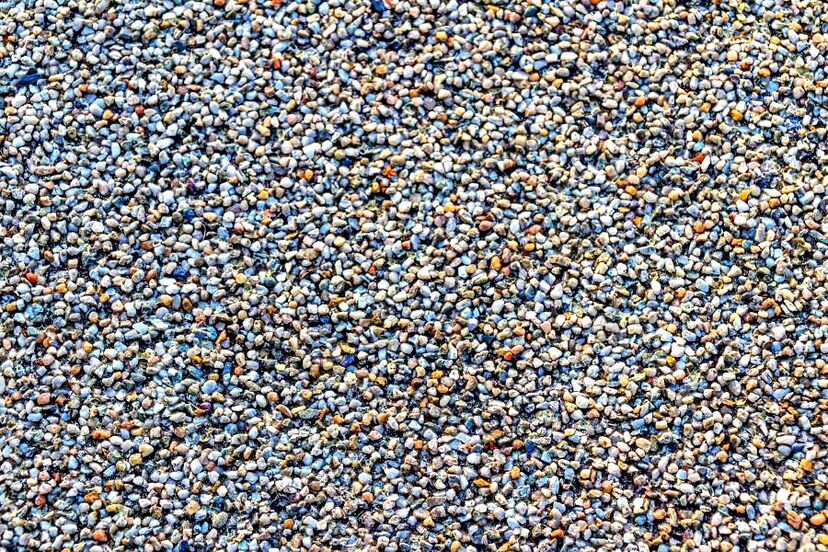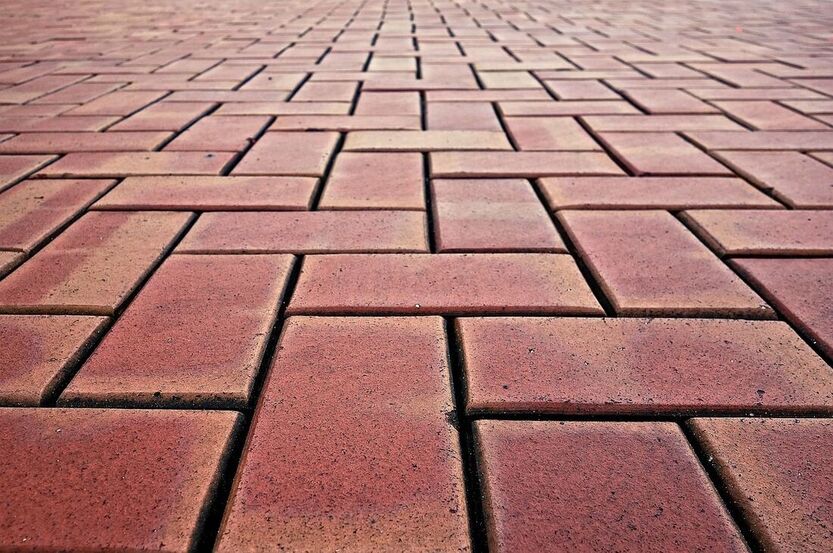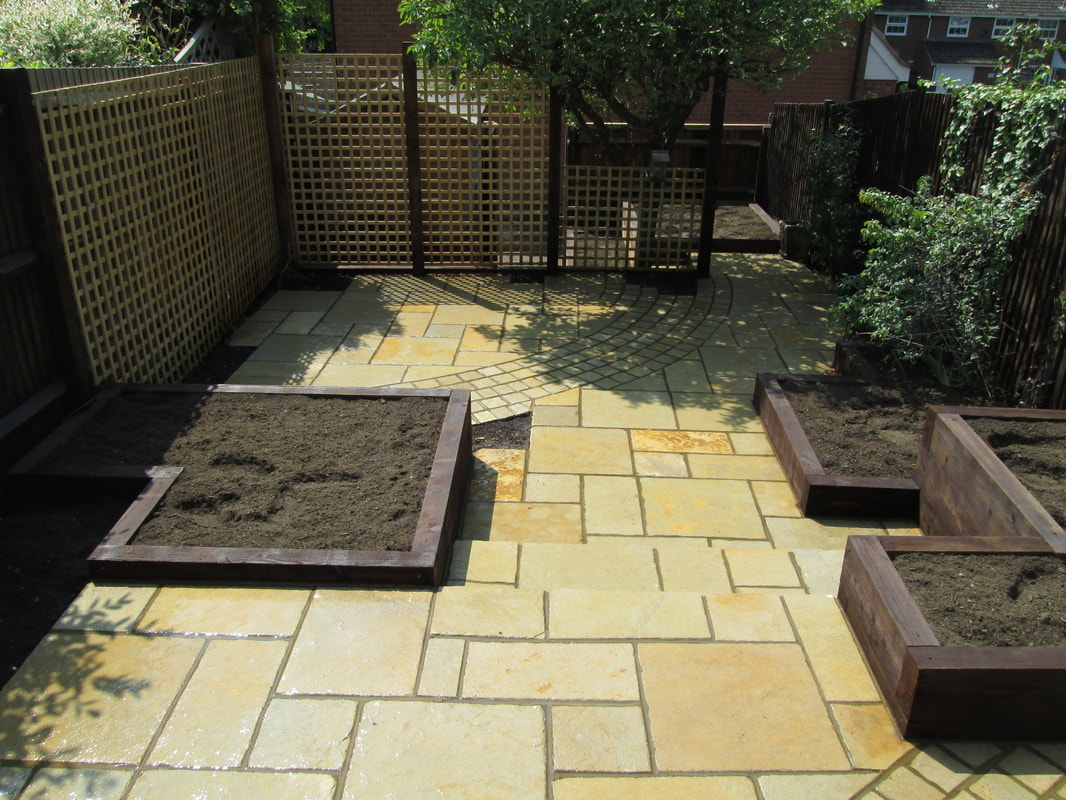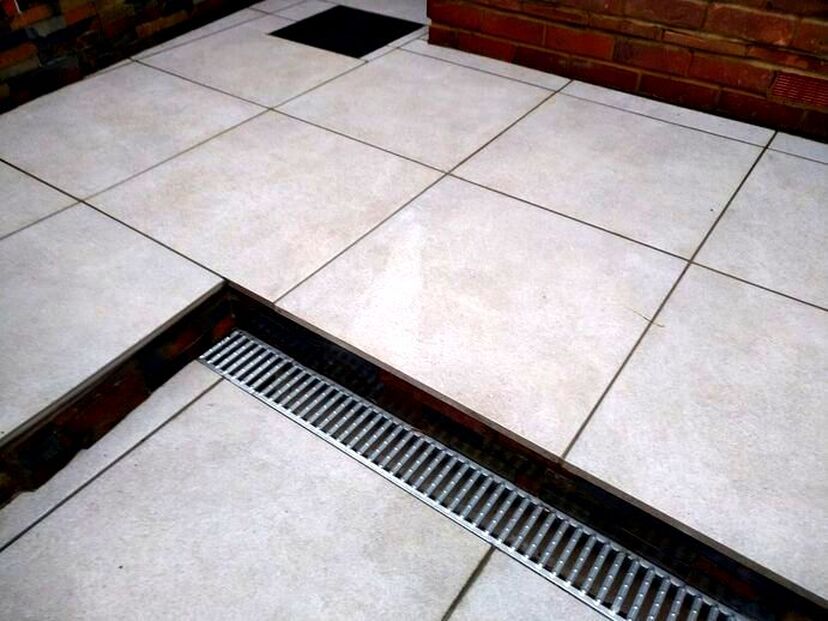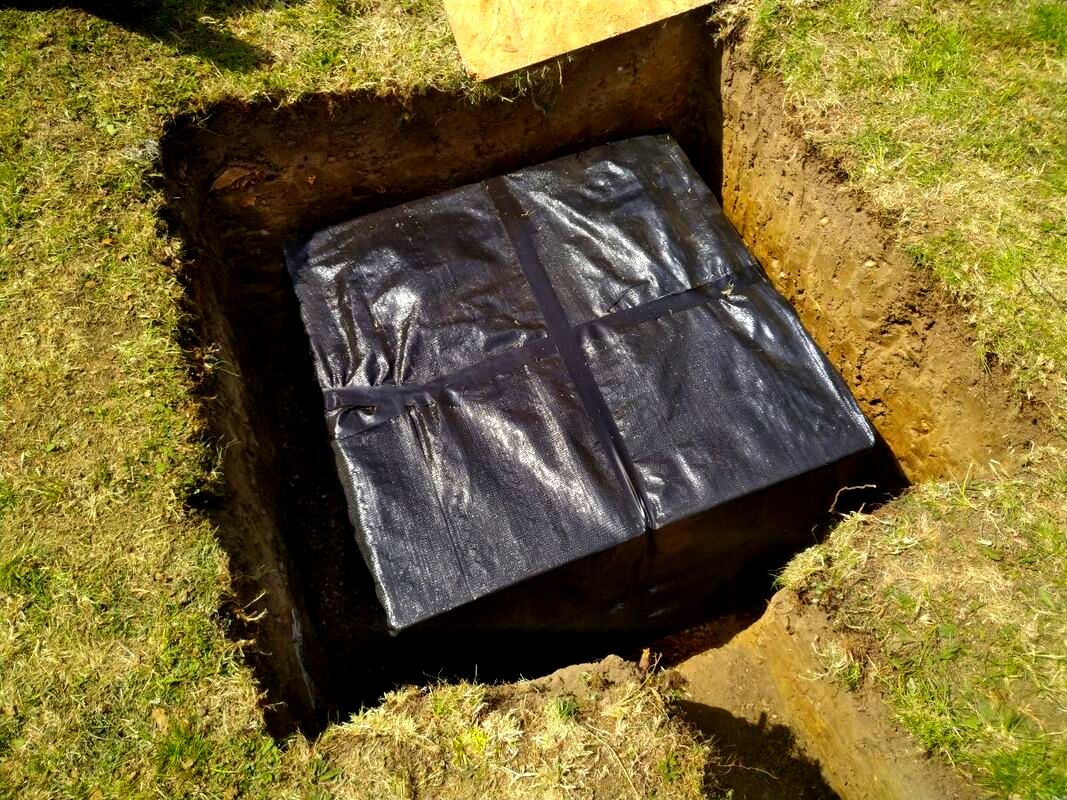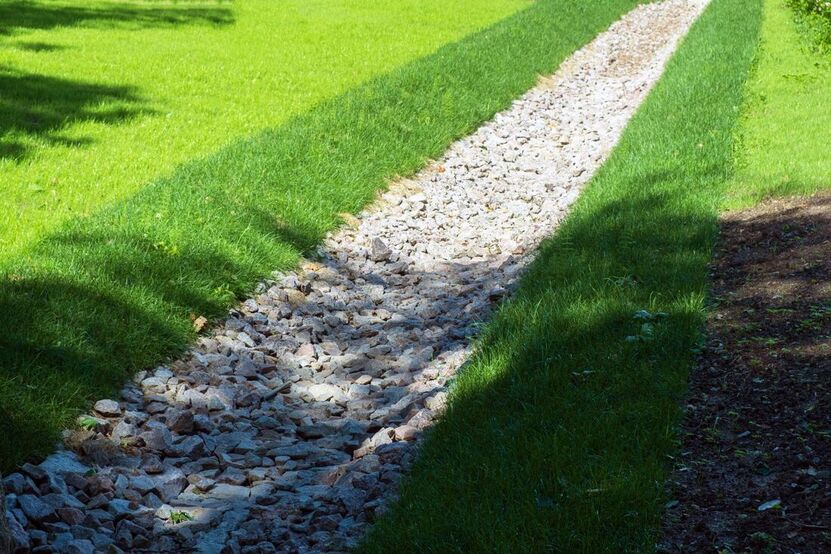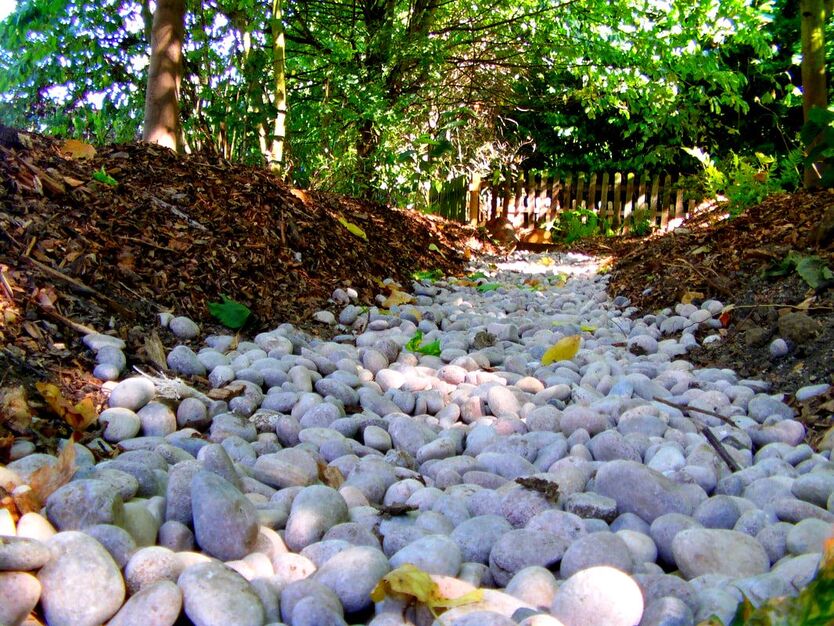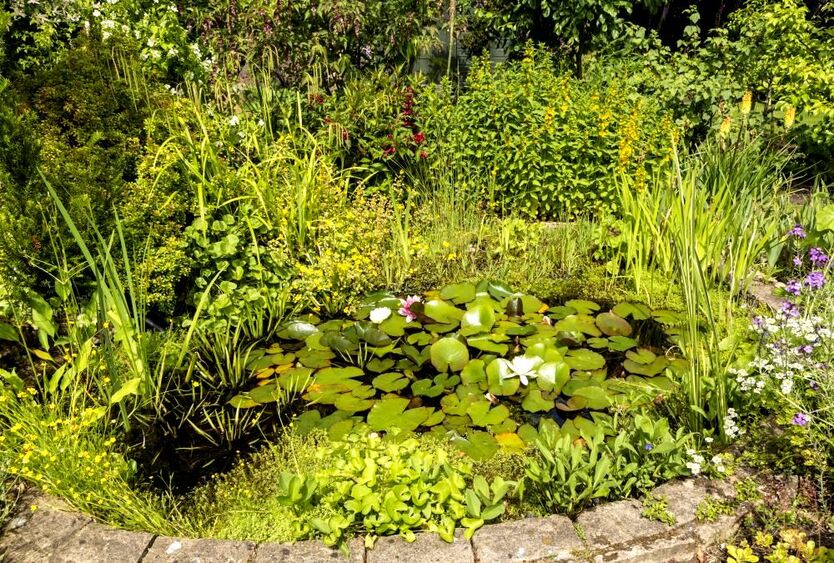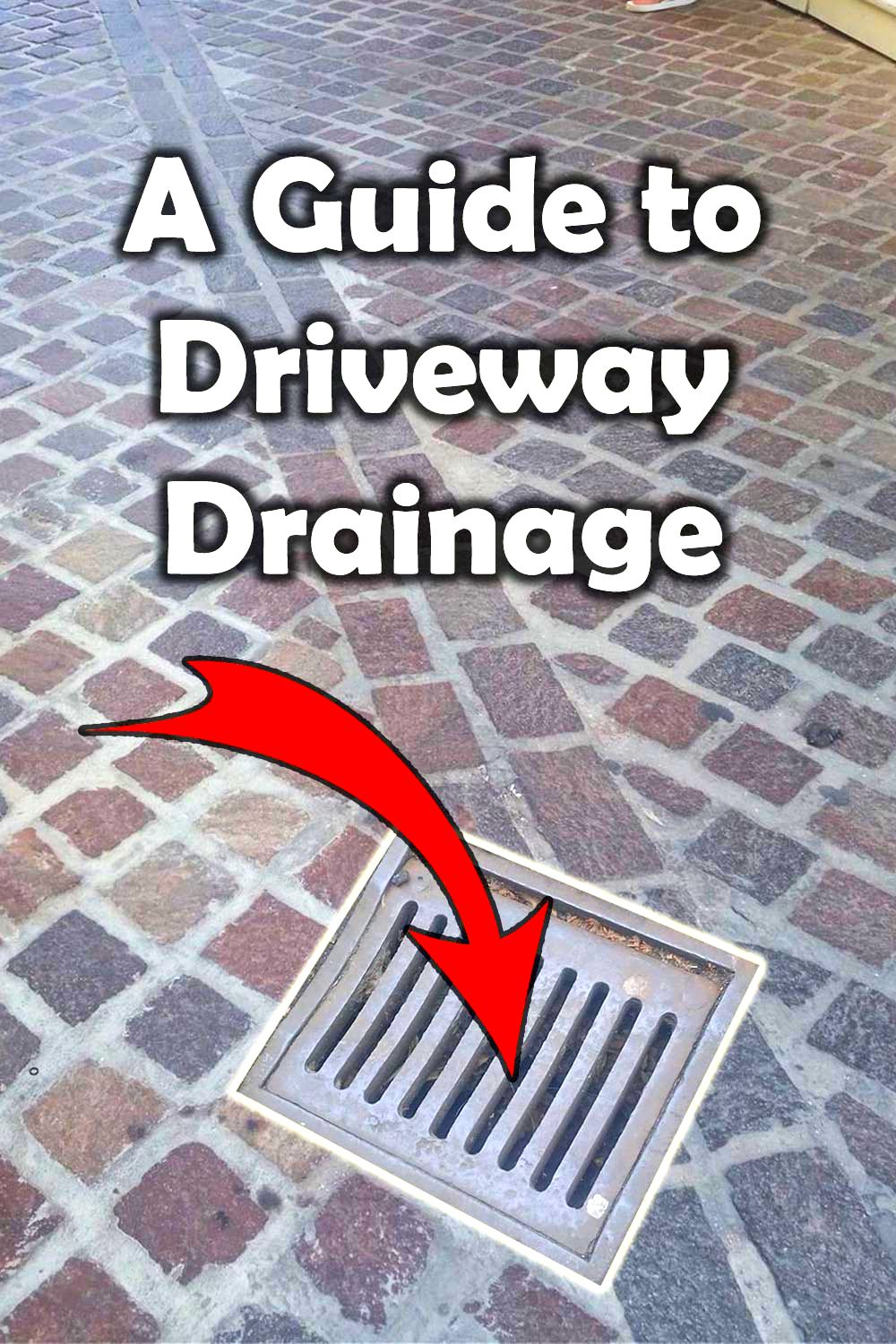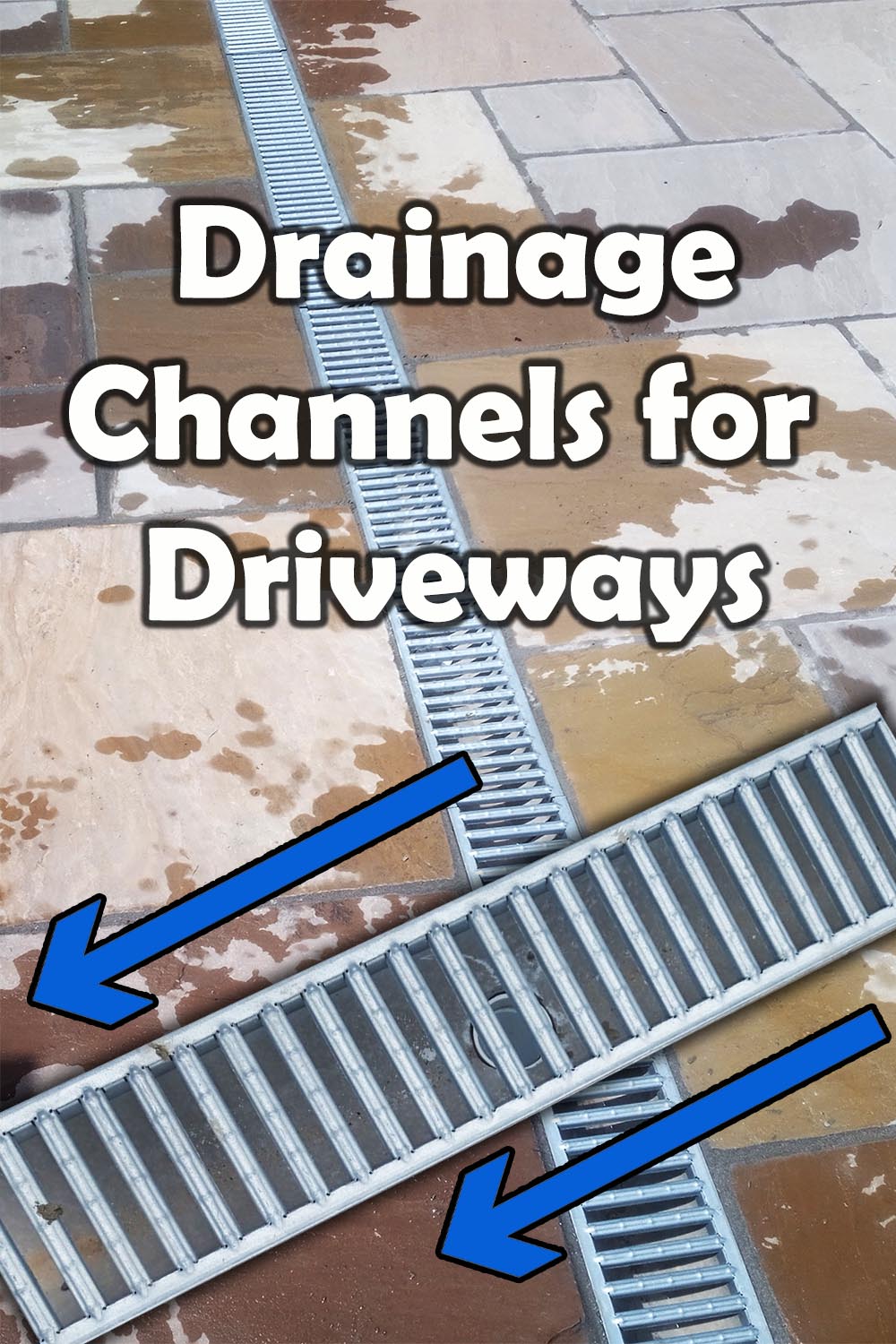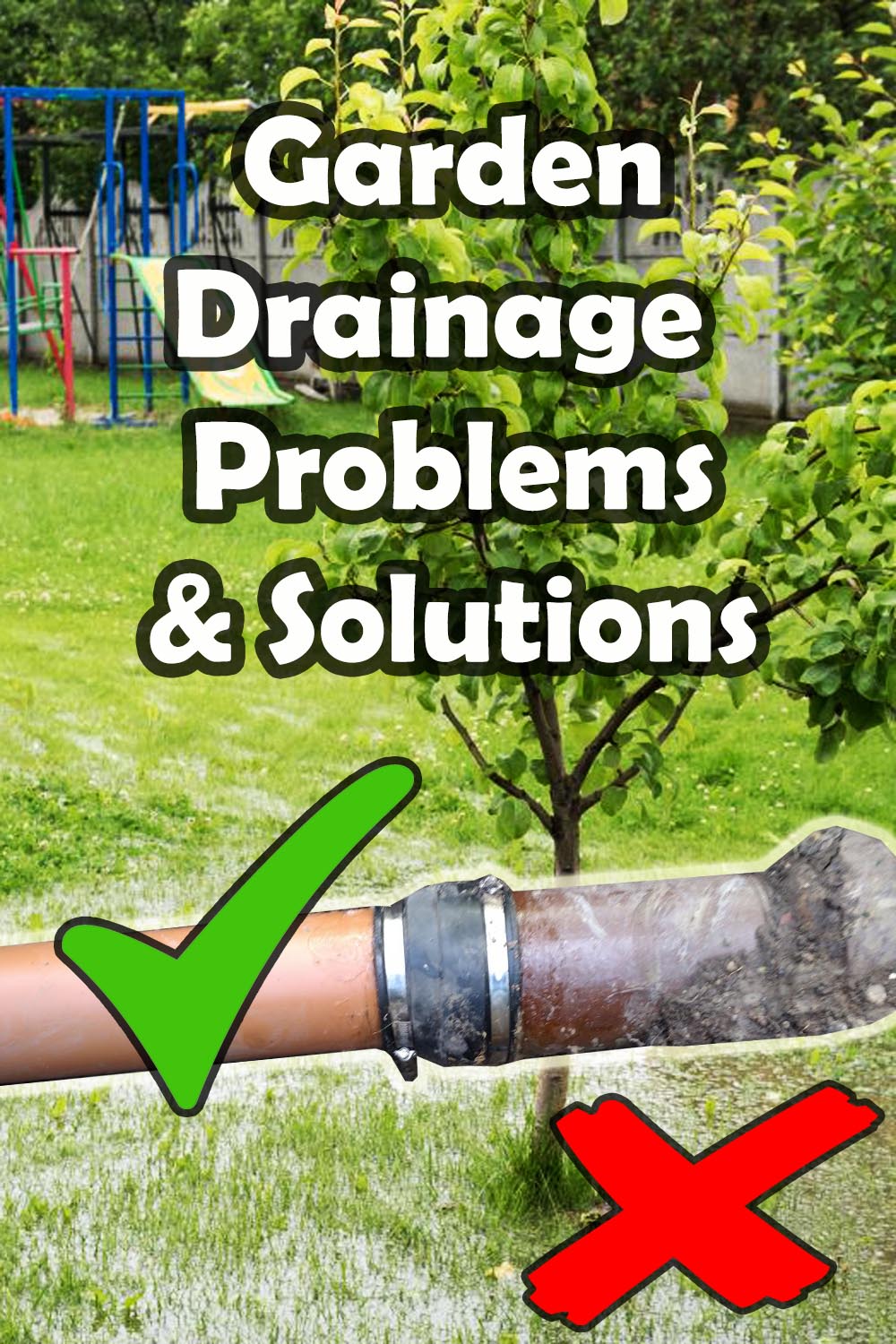|
This article contains affiliate links
As urban environments have expanded over the past century so has the amount of hard surfacing.
Roofs, roads, pavements, patios and driveways have all contributed to accelerating surface water run-off during times of rainfall. Over time increased development has led to drainage networks becoming overwhelmed. This has increased the likelihood of flooding, subsidence and water pollution. A commonly proposed solution to this problem has been the specification and implementation of permeable paving. Permeable paving unlike impermeable surfaces does not increase surface run-off in times of heavy rainfall. This is because water permeates through the surface itself. In this article I will provide a holistic summery of permeable paving, its application and when it is necessary. What is permeable paving?
Permeable paving is hard surfacing which absorbs water through its surface into the underlying ground. The porous nature of the surface reduces flash flooding and surface water pollution. It is important to note that a permeable paving and surfacing must also have a permeable sub-base to be legitimately classed as permeable. This will require the installation of a free draining, compactable sub-base such as Mot type 3. Why install permeable paving?
An increasing amount of paved surfacing around our homes has led to two distinct problems. The first is flash flooding where rainwater flows are accelerated by impermeable surfaces. This causes an overwhelming of storm drains leading to localised and regional flooding. The second is pollution; storm water from landscape surfaces carries some very undesirable substances.
Weed killers, fertilisers, motor oil, heavy metals and animal faeces are all washed into drainage networks. These can all find their way into local wetlands and natural watercourses. The result is poisoning of both plant and animal life, this can lead to serious problems for natural ecosystems.
Such pollution can also affect our own water supplies on a molecular level. Consequently, it is vitally important that storm water from paved surfaces does not reach the drainage network. Permeable paving has been proven to mitigate these problems by absorbing surface run-off.
Is permeable paving right for your property?
Permeable paving is very often always put forward as the solution to excess urban run-off. However, permeable paving has now become a blanket approach for any new proposed surface. But should it? Most planning consents advise permeable paving for any proposed areas of hard standing. However, this may not always be the best solution for your property. This is especially so if you have existing landscape drainage problems around your property. If your surrounding ground has high saturation levels permeable paving is a very bad idea!
Such conditions will simply lead to permeable surfaces simply filling and breaching in times of heavy rain. This can not only pollute local storm drains but also cause unnecessary levels of damp.
Continuously damp soil around your home can lead to a whole host of other unwanted issues. Consequently, in boggy gardens or areas with high water table’s permeable paving may not be the best solution. In such cases it is much more effective to collect surface run-off using impervious paving.
The water can then be channelled to a storage vessel or soak-away system away from the building. This helps to drain excess moisture from the ground around your home.
The most ecological solution is to channel storm water into seasonally flooding wetlands. Here the water can be cleaned naturally by native wetland plants and create habitat for wildlife. Types of permeable pavingGravel
Gravel is the original and most common example of permeable surfacing. Thousands of small stones and aggregates create small gaps which allow water to permeate through to the ground below. Gravel comes in a broad range of different colours, size grades and textures.
Resin bound aggregate
Resin bound aggregate is a surfacing material consisting of natural stone aggregate and transparent resin. The result is an attractive, smooth, surface with a pleasant visual texture. Resin bound aggregate provides a permeable surface when combined with a porous sub-base.
Permeable block paving
Permeable block paving is similar to traditional block paving but with larger gaps between pavers. The blocks have in built spacers which allow for greater distances between adjoining blocks. These gaps are filled with a free draining fine aggregate such as fine granite.
Porous Asphalt
There is now a wide range of porous asphalt and free draining tarmac surfaces on the market. These surfaces contain special aggregates which when laid together create thousands of small holes that surface water percolates through.
Grass Grid systems
Grass grid systems are reinforced pavers which form a grid of voids when laid. These robust grids are then filled with topsoil, consolidated and seeded with grass. The result is a robust and permeable, grass surface which can take vehicular traffic all year round.
Impermeable paving
Impermeable paving is surfacing which does not allow water to pass through its wearing surface. This includes most types of paving on the market including paving slabs and block paving. Impermeable paving will also often be laid upon impervious sub-bases.
Is Impermeable paving bad?
Impermeable paving is not necessarily a bad surface for sustainable drainage. If impermeable paving is laid to strategic falls with surface water collected in channels it can be very advantageous. The channelled water can be retained in storage tanks for summer irrigation and other uses. Surface water can also be piped to ecological wetlands which clean surface run-off naturally. Impermeable paving with robust collection channels will also be less likely to become overwhelmed and breach in times of heavy rain. I have the contrarian but correct view that permeable paving is generally bad choice. Impermeable paving with sound collection and ecological cleaning processes are much more superior in terms of sustainability. Sustainable drainage for impermeable paving
Contrary to many common belief impermeable surfaces can be clean, green and sustainable. If correct drainage installations are implemented, impermeable paving can be much more ecological than permeable paving. Below are some typical drainage installations for creating sustainable impermeable surfaces. Channel drain collection
Channel drains are linear drainage channels which collect surface water from impermeable surfaces such as paving. These channels are generally around 100mm x 100mm x 1 metre in length. Channel drains normally come with metal or plastic grills which fits prevents leaves and debris from entering. These drains can be plumbed into pipes which feed soak-aways or other drainage destinations. Soakaways
Soakaways were traditionally large cubic metre voids excavated into the ground and filled with masonry rubble. Roof gutters and new patio drainage systems were plumbed into these for storm water to drain. However, these old systems would usually silt up and fail after many years. Today most soak-always consist of reinforced plastic soakaway crate systems which are much more efficient at draining water. Water from impervious paving can easily be drained into such systems to permeate the ground slowly. Bioswales
Bioswales are naturalistic depressions within the ground which are landscaped deliberately to absorb storm water. These swales can be planted with wetland plants which clean the water naturally while providing wetland habitat. Bioswales can be landscaped into very attractive landscape focal points with wetland meadows, pebbles and boulders. Seasonally flooding ponds
Seasonal flooding wetlands were once typical before land was drained for agriculture. These seasonally flooding landscapes are rich habitats for a number of rare animal species. Seasonally flooding ponds and ditches can become effective drainage destinations for impermeable paving. Channel drains can collect surface water and pipe it into seasonally flooding low lying ponds. Wetlands
The term 'wetlands' can encompass a wide range of naturalistic wetland habits. However these can be designed in a number of ways to help drain and collected storm water. Shallow wetlands of reed beds can help to oxygenate and clean urban water while providing great habitat. Wildlife retention ponds can also be built to retain surface water collected from paving. Such ponds can be perfect for aquatic species while providing sustainable irrigation for crops during summer.
These can all be combined with patio drainage systems by utilising good ecological and sustainable landscape design.
Thank you for reading our article guide on Permeable Paving and Sustainable urban drainage.
If you require patio drainage or sustainable drainage design and installation please feel free to contact us. We serve Buckinghamshire as well as neighbouring counties and also now have a Norfolk office. I will leave some of our other landscape drainage articles you may find informative below.
'As an Amazon Associate I earn from qualifying purchases'
0 Comments
Leave a Reply. |
The Author
|
Landscaping services across Buckinghamshire, Amersham, Aylesbury & High Wycombe
Hyde Heath, Amersham, Buckinghamshire |
|
